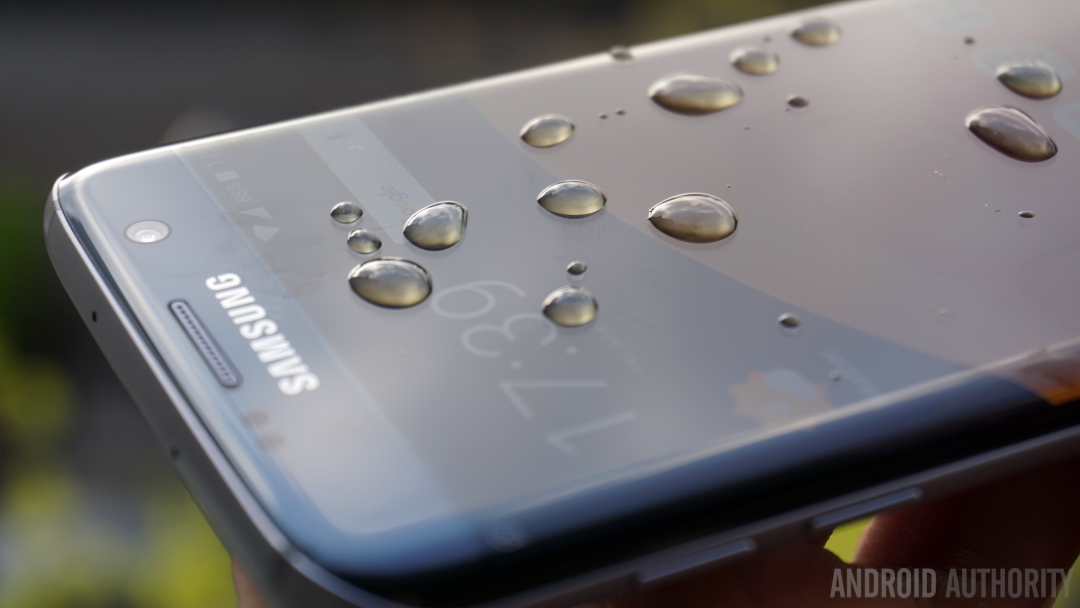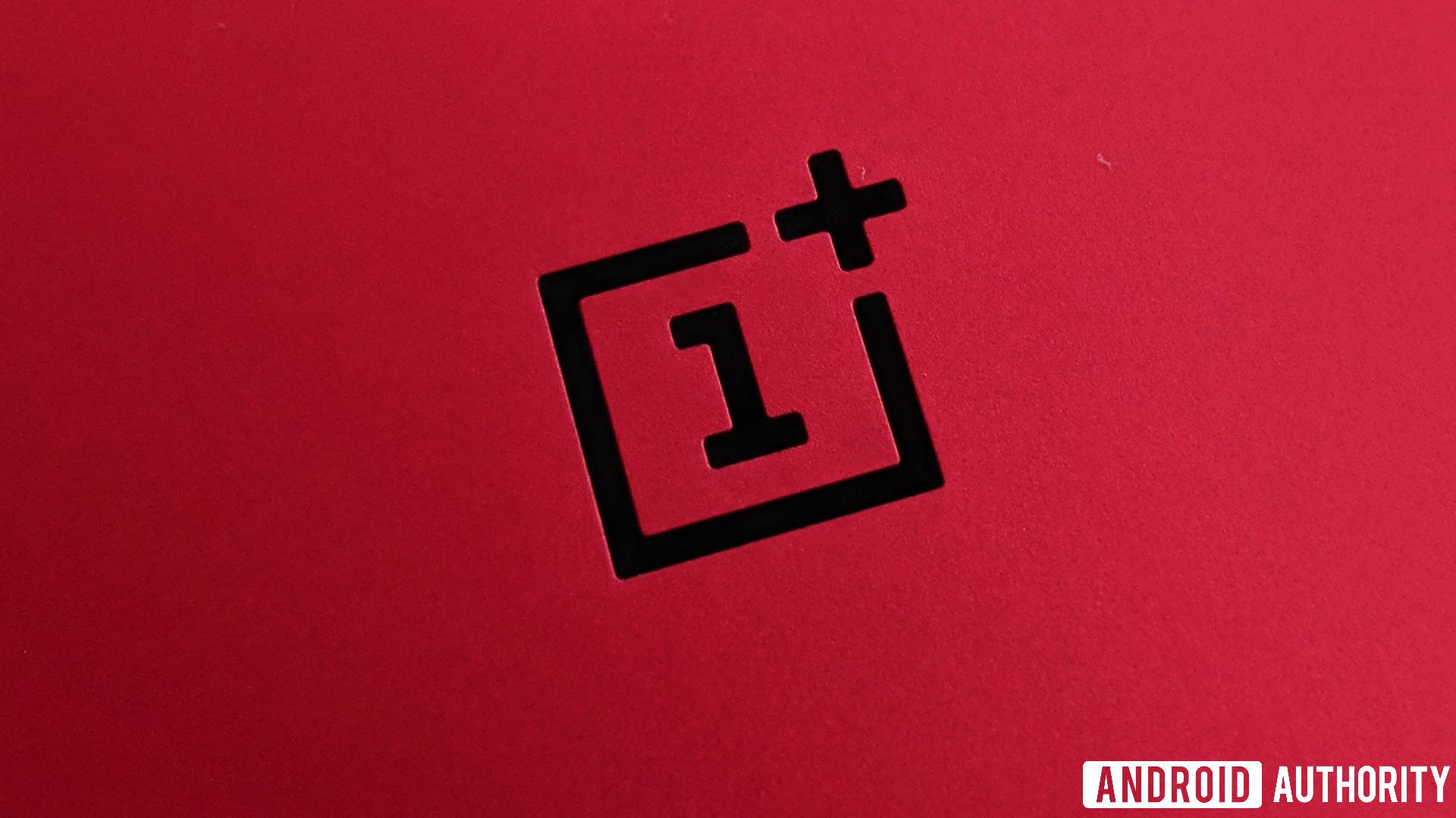HTC might not say it, but the U12 Plus’ shoulders carry an enormous amount of hope and pressure. HTC’s former life as a major player in the Android space is no more, and recent financials only serve to paint a bleak picture of the company that constantly reminded us it was quietly brilliant.
That said, the HTC U12 Plus seemingly delivers everything you could ask for in a 2018 flagship. From a powerful processor and tall display to four cameras and Edge Sense-itive sides, the U12 Plus leaves no stone unturned.
Read: HTC U12 Plus specs: This phone is a beast
As good as the HTC U12 Plus is on its own, how does it compare with the best Android smartphones out today? Let’s find out as we compare HTC’s beast with the OnePlus 6, LG G7 ThinQ, and Google Pixel 2 XL.
In terms of displays, the U12 Plus sports a 6-inch 2,880 x 1,440 resolution LCD display with no notch in sight. The Pixel 2 XL’s display features the same size and resolution, except it goes with P-OLED rather than traditional LCD.
| |
HTC U12 Plus |
OnePlus 6 |
LG G7 ThinQ |
Google Pixel 2 XL |
| Display |
6.0-inch Super LCD 6
2,880 x 1,140 resolution
537ppi
18:9 aspect ratio
DCI-P3, sRGB |
6.28-inch AMOLED
2,280 x 1,080 resolution
402ppi
19:9 aspect ratio |
6.1-inch LCD FullVision
3,120 x 1,440 resolution
564ppi
19.5:9 aspect ratio |
6.0-inch P-OLED
2,880 x 1,440 resolution
538ppi
18:9 aspect ratio |
| SoC |
Qualcomm Snapdragon 845 |
Qualcomm Snapdragon 845 |
Qualcomm Snapdragon 845 |
Qualcomm Snapdragon 835 |
| GPU |
Adreno 630 |
Adreno 630 |
Adreno 630 |
Adreno 540 |
| RAM |
6GB |
6/8GB |
4/6GB |
4GB |
| Storage |
64/128GB |
64/128/256GB |
64/128GB |
64/128GB |
The OnePlus 6 and G7 ThinQ’s displays are AMOLED and LCD, respectively, but they also feature notches. You can “turn off” the notch if you go into settings, though folks might not appreciate the notch being there at all.
As with most things, this comes down to taste. The U12 Plus and G7 ThinQ feature LCD displays that, while not good for VR, feature high resolutions that are nice on the eyes. The OnePlus 6 and Pixel 2 XL’s AMOLED displays show off those inky blacks and saturated colors, but are more prone to burn-in.
Folks have been particularly critical of the Pixel 2 XL’s display for its multitude of issues that vary in severity across units. The OnePlus 6’s display does not have anywhere near the number of issues of the Pixel 2 XL’s, but the decision to stick with Full HD+ might not sit well with some.

Moving on to horsepower, the U12 Plus, OnePlus 6, and G7 ThinQ feature the Snapdragon 845 chipset. The Pixel 2 XL, meanwhile, makes do with the older Snapdragon 835 chipset. Because the two processors are flagship-level, do not expect anything but excellent performance out of these phones. If you want a phone for the long haul, the chipsets inspire confidence.
Best Snapdragon 845 smartphones
The Snapdragon 845 is the SoC to beat in 2018. Not only is the it extremely fast, Qualcomm’s chip also comes paired with an impressive GPU, the Adreno 630.
The new Snapdragon 845 is a major …
The same goes for RAM amounts, with every phone in this comparison including at least 4GB of RAM. The U12 Plus sports 6GB of RAM, while you can pick up the OnePlus 6 with a ridiculous 8GB of RAM. Most folks don’t even need that much RAM, but the option is there if you want it.
The U12 Plus sports 6GB of RAM, while you can pick up the OnePlus 6 with a ridiculous 8GB of RAM. Most folks don’t even need that much RAM, but the option is there if you want it.
We have even come a long way when it comes to storage. Every phone in this comparison features at least 64GB of built-in storage, though the U12 Plus and G7 ThinQ go a step further and include microSD card slots. Then again, the OnePlus 6 is available in 128GB and 256GB configurations, while the Pixel 2 XL is also available with 128GB of storage.
| |
HTC U12 Plus |
OnePlus 6 |
LG G7 ThinQ |
Google Pixel 2 XL |
| Cameras |
Rear: 12MP wide-angle UltraPixel 4, f/1.75, 1.4μm
Telephoto: 16MP sensor, f/2.6, 1.0μm
PDAF, OIS, HDR Boost 2, dual-LED flash
Front: Dual 8MP sensors, f/2.0, 1.12μm, wide-angle, 84-degree FoV
|
Rear: 16MP, f/1.7, 1.22μm
Secondary: 20MP, f/1.7, 1.0μm
Front: 16MP, f/2.0, 1.0μm
|
Rear: 16MP, f/1.6, 71-degree FoV
Secondary: 16MP, f/1.9, 107-degree FoV
Front: 8MP, f/1.9
|
Rear: 12.2MP, f/1.8
Front: 8MP, f/2.4
|
| Audio |
HTC USonic ANC BoomSound, Hi-Res recording, aptX HD, LDAC 32-bit via Bluetooth |
Bottom-firing speaker
Dirac HD Sound
3.5mm jack |
Boombox Speaker
DTS:X 3D Surround Sound
Hi-Fi Quad DAC
3.5mm jack |
Audio over USB Type-C
Front stereo speakers |
| Battery |
3,500mAh
Quick Charge 3.0 |
3,300mAh
Dash Charge |
3,000mAh
Quick Charge 3.0 |
3,520mAh |
| IP rating |
IP68 |
No |
IP68 |
IP67 |
| Software |
Android 8.0 Oreo |
Android 8.1 Oreo |
Android 8.0 Oreo |
Android 8.1 Oreo |
| Dimensions and weight |
156.6 x 73.9 x 8.7-9.7mm
188g |
155.7 x 75.4 x 7.75mm
177g |
153.2 x 71.9 x 7.9mm
162g |
157.9 x 76.7 x 7.9mm
175g |
| Colors |
Black, Red, Blue |
Black, White |
Gray, Black, Blue, Rose |
Black, Black & White |
Moving on to cameras, every phone but the Pixel 2 XL feature two cameras around back. The U12 Plus uses the secondary camera for telephoto shots, while the OnePlus 6 uses the extra sensor solely to add depth information for its portrait mode. The G7 ThinQ uses its secondary camera for wide-angle shots, while the Pixel 2 XL has one very excellent camera.
Read: Pixel 2 portrait mode: how does it compare to other phones?
Around front, the U12 Plus is one of a few phones to feature two selfie cameras that offer auto and manual Bokeh modes. They also allow for face unlock functionality, though the same can be said of the OnePlus 6 and G7 ThinQ.

Moving on to the sound department, the U12 Plus and Pixel 2 XL feature dual stereo speakers. The two phones also removed the headphone jack, though the U12 Plus includes a set of USonic earbuds that feature active noise cancellation.
The OnePlus 6 and G7 ThinQ retain the quickly-disappearing headphone jack, but feature one bottom-firing speaker. The G7 ThinQ’s speaker is at least loud and gets extra oomph when you set it on a flat surface, while the Hi-Fi Quad DAC will satisfy audiophiles.
The G7 ThinQ’s speaker is at least loud and gets extra oomph when you set it on a flat surface, while the Hi-Fi Quad DAC will satisfy audiophiles.
In terms of longevity, the U12 Plus sports a 3,500mAh battery. The OnePlus 6 and Pixel 2 XL feature similarly-sized power packs, while the G7 ThinQ gets by with a smaller 3,000mAh battery. In addition to the USB Type-C port, you can wirelessly charge the U12 Plus and G7 ThinQ. The same cannot be said of the OnePlus 6 and Pixel 2 XL, even though the former features a glass back.
Everything you need to know about IP ratings
It’s a great time to be a tech lover. Looking back on the smartphone releases of 2016, the biggest problem we might have is that virtually every new device is great. In fact, many of …
For the most part, those large batteries no longer mean a lack of IP certification. The U12 Plus and G7 ThinQ are IP68-rated, while the Pixel 2 XL has an IP67 rating. The OnePlus 6 features no IP rating, though OnePlus said it should survive a drop in a puddle or a walk in the rain.
Finally, every phone in this comparison runs Android Oreo out of the box, whether that is Android 8.0 or Android 8.1. As such, it comes down to whether you like your software skin to be prevalent (U12 Plus, G7 ThinQ) or virtually nonexistent (OnePlus 6, Pixel 2 XL).
At the end of the day, the U12 Plus satisfies every requirement of a 2018 flagship. It even features extras like stunning color options, an upgraded Edge Sense that actually senses where your hands are, and two selfie cameras.
However, the OnePlus 6 shows that you do not need to spend a fortune to get a powerful smartphone. The G7 ThinQ, meanwhile, offers plenty for audio enthusiasts and a unique secondary camera experience. Finally, the Pixel 2 XL has Google’s software prowess behind it and will get timely updates directly from the mothership for at least another two and a half years.
Pixel 2 XL has Google’s software prowess behind it and will get timely updates directly from the mothership
Whether that is enough to sway you away from the U12 Plus is up to you. In the meantime, you can check out our related U12 Plus coverage below:
Source: Android Zone
The post HTC U12 Plus vs the competition: Can HTC’s beast tame the best of the rest? appeared first on TuneMaster.ml.
















